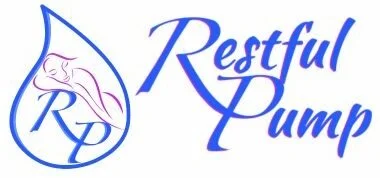Breast pumping techniques to maximize milk output
Always lean forward while pumping
It’s important to lean slightly forward while pumping. If you don’t, your pump will have to work quite a bit harder to draw milk from your breast, and you may not be emptying your breast properly. Place a pillow behind you to help you comfortably lean forward and use gravity to help empty your breasts.
Always pump until empty; ignore the clock
Pumping times are a myth. You’re most likely pumping to stimulate supply or to relieve an oversupply because your baby isn’t drinking enough of what you make. Either way you will want to empty your breasts completely. It’s important to pump until your milk stops flowing (or flow slows to a small dribble every minute or so) because not doing so can cause plugged ducts and mastitis. Watching the clock can prevent you from pumping until empty. Pump until your milk stops flowing, and then an additional 5 minutes longer; don’t pump until a certain amount of time has elapsed. After a while you’ll get the hang of things and notice about how long it takes to empty your breasts, and you’ll be able to plan time for your pumping sessions in advanced. If you’re having an oversupply, it should regulate as your baby gets older by about 4 months, too.
Always massage and compress the breasts while pumping
Even if you’re hands-free pumping, it’s important to massage and compress your breasts while pumping (choose a hands-free pumping bra that is soft enough to allow you to cup your breasts). To compress your breasts, form a C shape with your thumb and index finger around your areola; apply gentle pressure. To massage your breasts, apply gentle pressure with your index and middle finger in small circular motions working down toward the areola. Do this on the top, bottom, inside and outside of your breasts to get all the milk ducts. Don’t massage your areola or too close the flange as that can break the air seal. Remember to massage in your armpit areas too.






